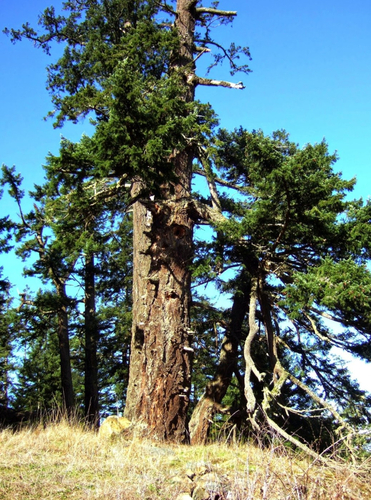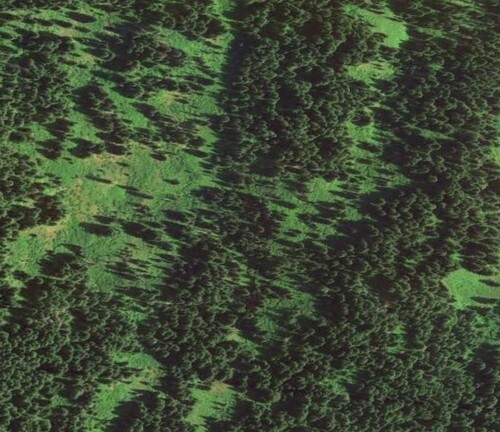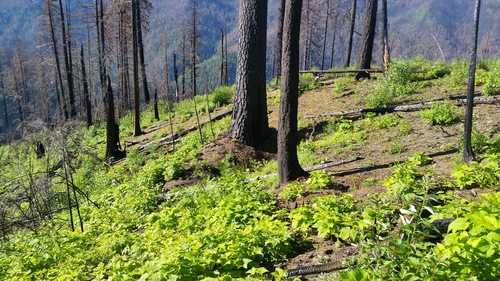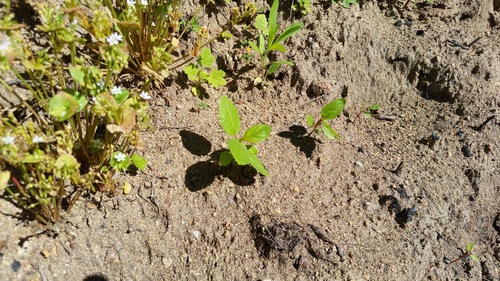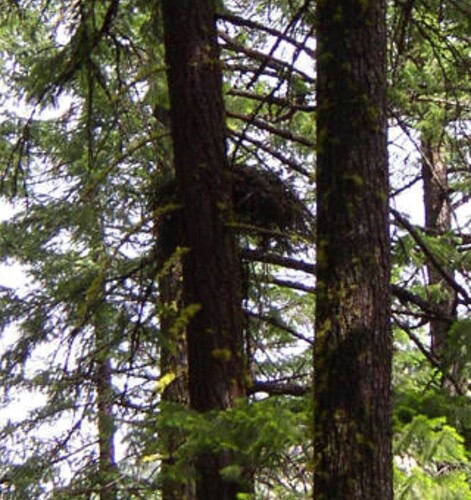The intermountain Northwest boasts a diversity of native wildlife species that is unmatched in any other region of the continental United States. This area provides quality habitats for a range of premium big game species such as elk, mule deer, white-tailed deer, pronghorn antelope, bighorn sheep, and mountain goats, as well as top predators like grizzly bears and wolves, and habitat specialists including wolverines, Canada lynxes, fishers, pileated woodpeckers, and northern goshawks.
Each species has unique habitat needs, but not all areas are equally capable of supporting high-quality habitats. Consequently, wildlife species and their habitats can exhibit considerable variation across different landscapes. Factors such as the size and location of land ownership can influence habitat and species presence, which may fluctuate with the seasons, elevation, and topography. It's not uncommon for habitats or species composition, abundance, and habitat quality to differ significantly between neighboring properties.
Understanding the preferences of adjoining landowners can help prevent potential conflicts. Some may prioritize certain species, while others may value diversity in species and habitats. Even when a species is present on adjacent lands, there can be marked differences in population numbers and habitat quality. Landowners should recognize that promoting the food supply for one species might adversely affect another—for instance, elk forage thrives in open spaces, whereas goshawk prey is more abundant in forested areas. Habitat management practices might involve a mix of prescribed burning, mechanical treatments, or the use of herbicides to manage the encroachment of trees and invasive plants.
.
What I can offer to help you plan…
- Comprehension of the Intermountain Northwest's habitat subtleties and its appropriateness for a broad range of large animals and key wildlife species is essential.
- A specialist in forest and mixed vegetation wildlife habitats, adept at assessing habitat suitability, opportunities, and constraints for various large animals and critical species.
- Operational experience in strategizing and managing both short-term and long-term habitat enhancement projects that promote sustainable and resilient environments.
Knowledgeable in habitat management techniques, including the applications and constraints of periodic prescribed burning.
.
